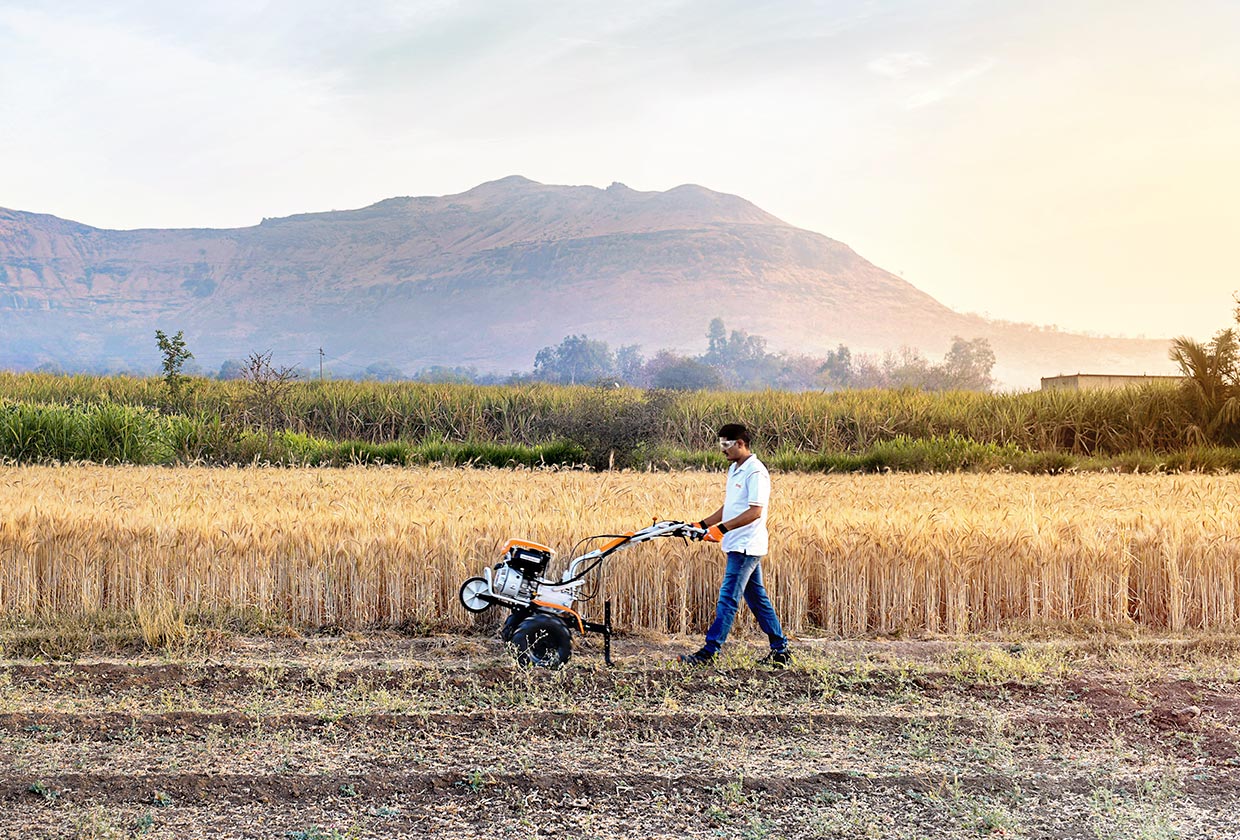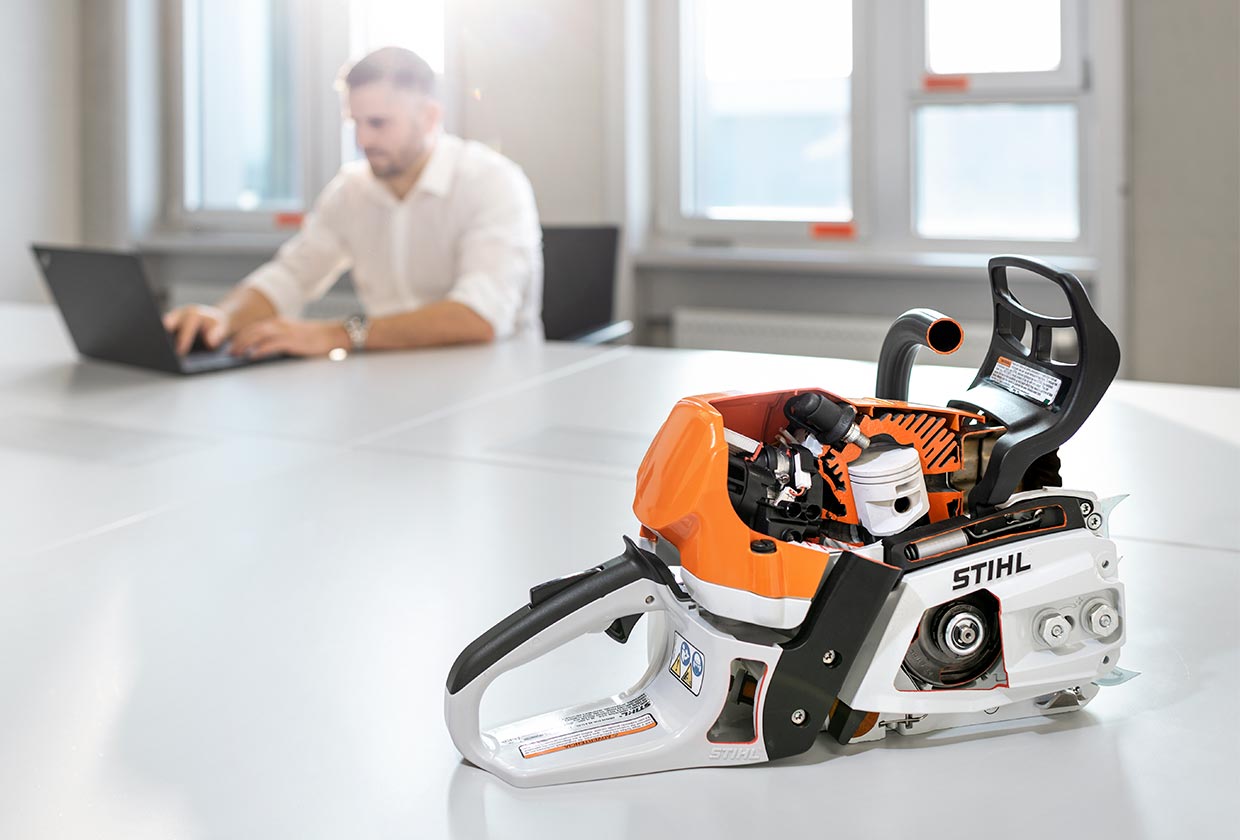The concept of dual vocational training and academic study – a common practice in Germany for decades – is another hit export from ANDREAS STIHL, alongside the company’s products. In many locations, talented young people are following this model as they embark on their professional lives. The U.S., known as a land of opportunity, is one of them. At STIHL Incorporated in Virginia Beach, Bradley Holmes (24) is an apprentice mechatronics engineer. He gives us a look at his day-to-day work.
Something old
something new

6.00a.m.
Bradley Holmes starts his day early. While he is still an apprentice, his work days in accessory production are just eight hours long. Once he becomes a fully fledged mechatronics engineer, he will work 12-hour shifts.
8.30a.m.
The training workshop is an integral part of day-to-day work for Bradley and other apprentices at STIHL Incorporated, just as it is at ANDREAS STIHL in Waibligen. It is here that apprentices learn about things like CNC processing, control techniques and working on projects. The training is intensive, with guidance provided by experienced trainers. Today’s lesson also has to do with networked manufacturing with an eye to Industry 4.0. Bradley’s program involves one-week assignments in the workshop four times a year.
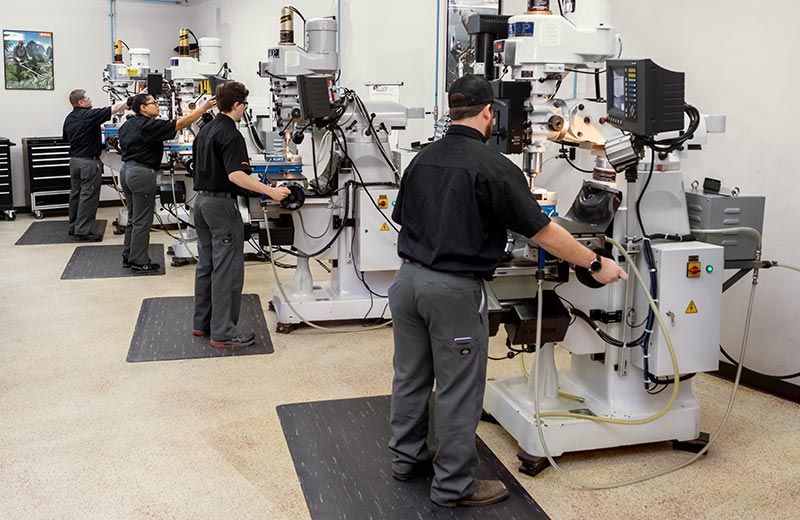


10.24a.m.
“ I went to the STIHL Incorporated Summer Camp when I was in school, and my team and I won. That was when I knew I wanted to work here. ”
Bradley Holmes
12.20a.m.
At one of four blow-molding machines, Bradley watches over the process of manufacturing hollow plastic components. Production processes in Virginia Beach are highly automated, unlocking outstanding efficiency and achieving an excellent quality level. In just 32 seconds, the STIHL 4180 fuel tank is molded, welded, assembled and checked to make sure it is properly sealed, all inside an automated unit.
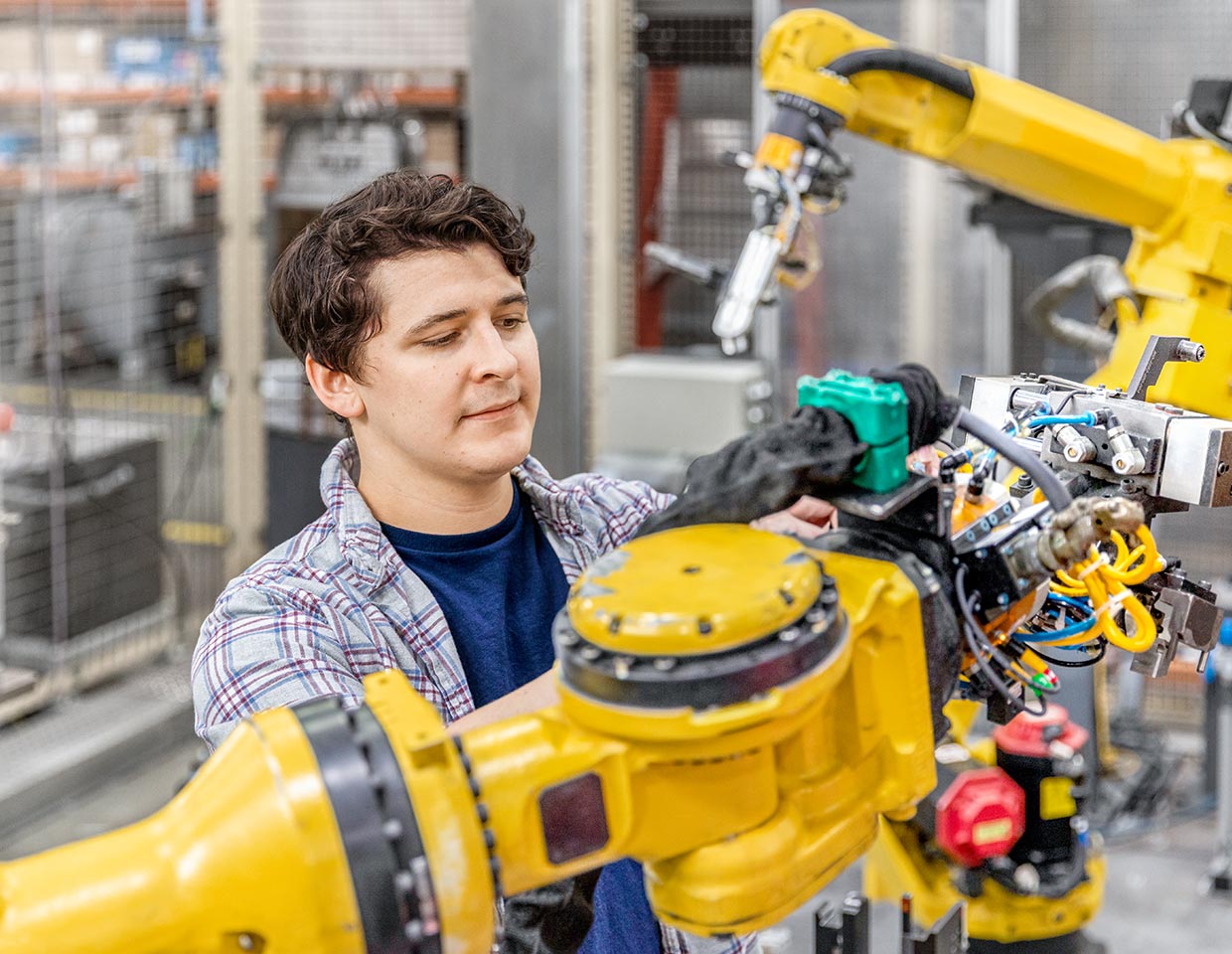

13.54a.m.
BRADLEY’S APPRENTICESHIP takes him through a number of different stages. His favorite place to work is in plastics production, where fully automated vibration welding takes place. This technique is used to join individual components together. Plastics processing is a key manufacturing process at STIHL Incorporated. Running 24 hours a day, seven days a week, the plant’s 90 injection molding machines, six trimmer line extruders and other state-of-the-art machines process over 16 million kilograms of polymer resin each year.
2.30p.m.
Bradley’s shift is over – but not his day. After work, he heads off to school. Classes start in the afternoon or in the evening, around 7 p.m. Bradley finished the theoretical part of his program at Tidewater Community College in 2019.

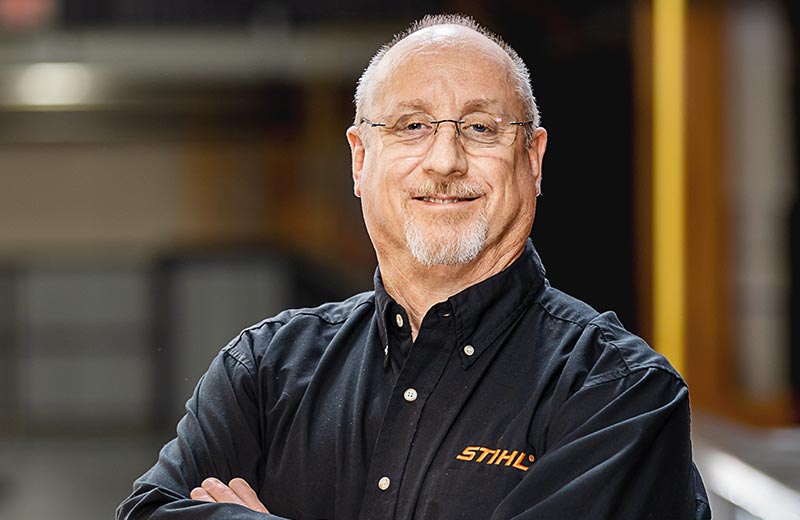
“ The apprenticeship program lets us control the quality of training our skilled workers receive. That’s how we make sure we have the right workers available for our jobs. ”
Skip Johnson,head of THE APPRENTICESHIP PROGRAM at STIHL Incorporated
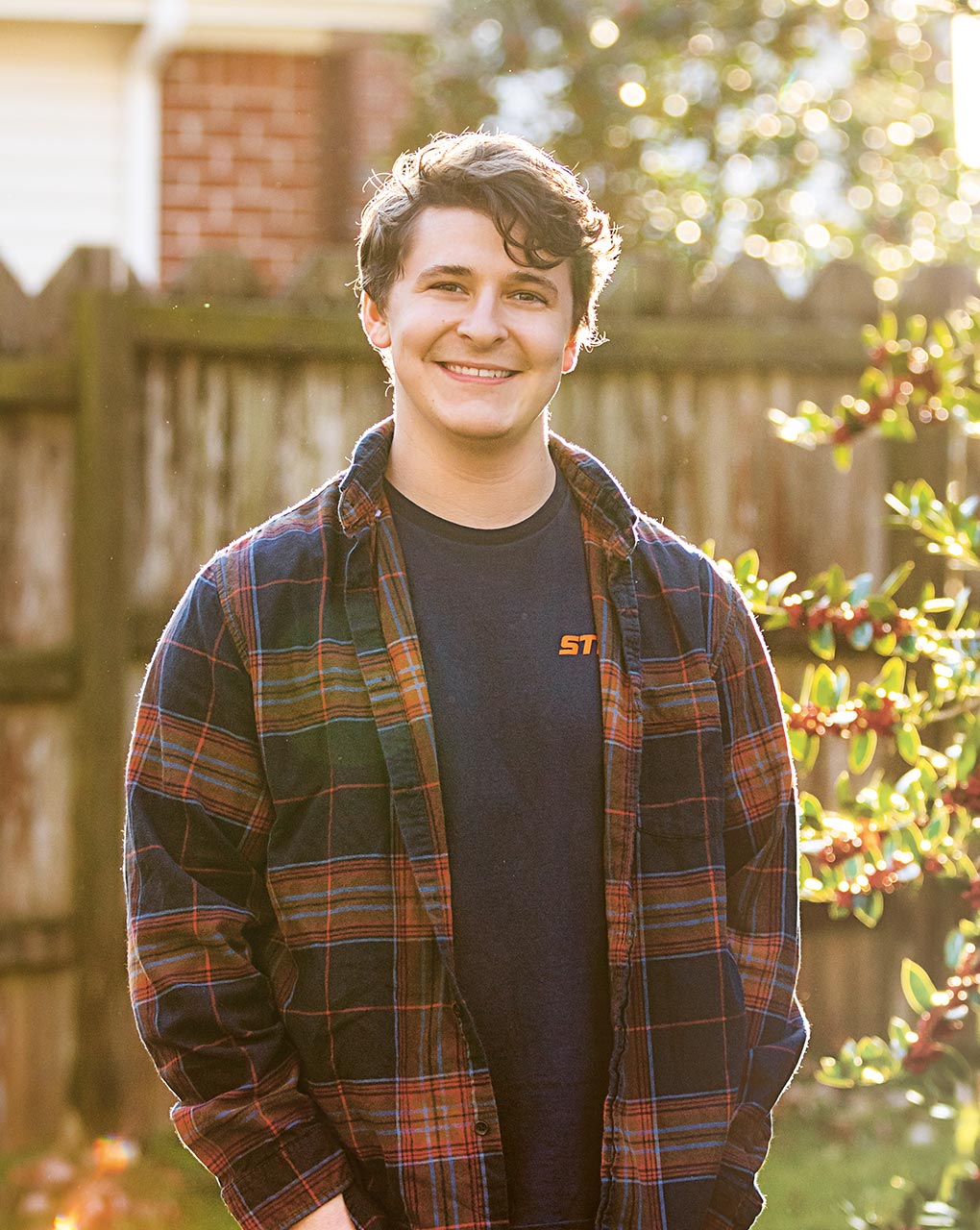
“ The selection process for an apprenticeship is tough. Out of more than 300 applicants, only four or five end up being chosen. I’m proud to be one of them.”
Bradley Holmes7.00p.m.
His apprenticeship at STIHL Incorporated isn’t enough for this ambitious budding mechatronics engineer. He plans to earn a bachelor’s degree from Old Dominion University, just as soon as his work schedule after the apprenticeship allows. Bradley gathers the strength he needs for his busy life during his free time, which he spends withhis girlfriend, at the gym, playing video games or with his parents and two dogs, Arlo and Bella.
FOR
35
years now, the dual vocational training and academic study system has been a success at STIHL Incorporated.
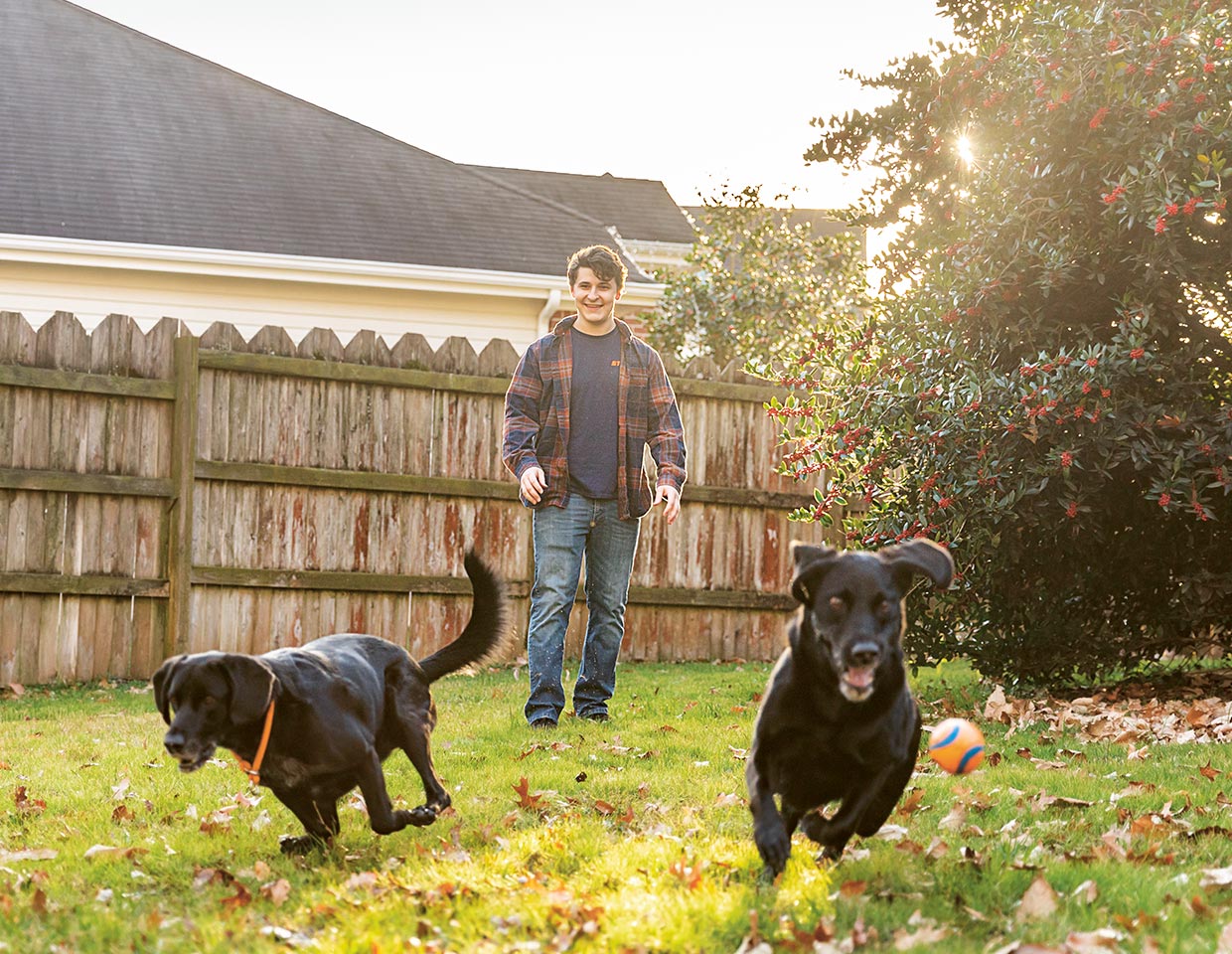

Questions for
Skip Johnson
Skip Johnson is the head of the apprenticeship program at STIHL Incorporated. He is very familiar with the dual vocational training and academic study system, having completed a German-American toolmaker apprenticeship himself back in 1988.
What makes the dual vocational training and academic study system practiced in Germany so appealing for STIHL Incorporated?
Skip Johnson The dual training system is appealing for several reasons, especially the fact that the training and instruction, both in the classroom and hands-on, are constantly being revised to keep up with advances in technology. The projects people are asked to complete in school and in practice change almost every year. Another advantage is that our apprentices get the latest training on the most recent machines available. This method also gives all our entry-level employees the same basic training, so they have a shared foundation they can build on.
When did STIHL Incorporated start offering this kind of training, and what kind of apprenticeships are available to young people in Virginia Beach?
Skip Johnson STIHL Incorporated created an apprenticeship program geared heavily toward manual processing and tool construction back in 1985. About 15 years ago, we started focusing on the German dual training system. When we did that, we also started concentrating not only on the existing programs in machining and tool and mold construction, but also on electromechanical maintenance, which has now evolved into mechatronics. We’ve also introduced another four apprenticeship tracks over the past 15 years. That means we offer six registered apprenticeship tracks in all: mechatronics engineer, tool- maker, quality lab technician, CNC machinist, plastics process engineer and plastics technician.
Does this range of training options make STIHL Incorporated a rarity among American companies, and if so, do you see that as a competitive advantage?
Skip Johnson Most companies don’t offer a range of training options like this. Our selection process is unusual, and it’s also very strict. But because of our good reputation as an employer and our working relationships with the local schools and communities, we can choose from the best talent available.

